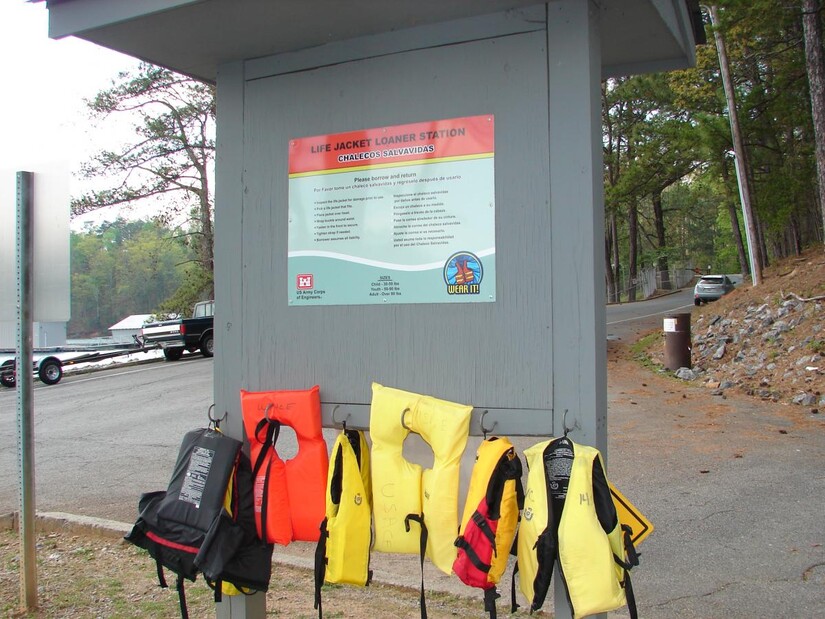Image

Image courtesy of Vist Milledgeville
Tuesday hardly was a day of leisure for the Milledgeville Fire Department, which deployed both of its rescue boats to the Oconee River following multiple 911 calls.
The first calls came in around 4 p.m., with reports of kayaks and tubes floating past the Greenway with nobody in them and multiple people in distress. Milledgeville Fire Department Chief William Collier said that his firefighters ultimately rescued five people who were hanging on to tree limbs or whatever else they could hold on to.
"The river was really moving yesterday afternoon. There's no doubt about it," Collier said. "It was a case of people underestimating the current and not being completely familiar with the river."
The second 911 call was placed by a woman who said that her boyfriend turned over in his kayak and did not re-emerge. The couple decided to make a right at the final fork prior to the Greenway, the fork that leads you to the extra sketchy and rocky portion of the river. The man ultimately was found downstream, with a large laceration to his head. He was transferred via ambulance to Atrium Health Navicent Baldwin, stitched up and later released.


The river rose roughly four feet on Tuesday after Georgia Power began generating upstream. Summertime, especially on days when the heat index approaches 100 degrees like it did on July 4, is when electricity usage peaks in this part of the country. According to the United States Energy Information Administration, "during the middle of summer, air conditioning accounts for a large portion of residential and commercial electricity usage. The daily U.S. load cycle in the summer has a much wider range than in the winter because of the widespread use of air conditioning. Electricity consumption in the summer increases rapidly through the day along with temperature, reaching its maximum around 5:00 p.m. or 6:00 p.m. Average U.S. hourly electricity load peaks during the summer."
Sgt. Bubba Stanford with the Georgia Department of Natural Resources said that, thankfully, everyone who was rescued was wearing a life jacket.
"It very easily could've been a different story (if life jackets weren't worn)," he said. "We harp on it all the time and stress the importance of wearing (a life jacket) to the public, and yesterday is a perfect example why."
Stanford got to work today on drawing up a plan for two "Personal Flotation Device (PFD) Kiosks" along the river, one at the tailrace and one at the Greenway. Similar PFD kiosks can be found along waterways in different parts of Georgia. It's all part of the DNR's SPLASH program.

"The jackets, or Personal Flotation Devices (PFD), can be new or used, as long as they are in good, serviceable condition. They must be U.S. Coast Guard Approved, as noted by a label in the jacket and we need all sizes. Each PFD that is donated will be inspected by a Game Warden prior to being put into service," according to the DNR's website.
"(The life jackets) are basically loaners, and the program works on the honor system. Use it and then bring it back when you're done," Stanford said. "It's been successful around the state, and hopefully we can bring it to Baldwin County soon."

